Tibetan Buddhist Stupa
This stone tibetan buddhist stupa is carved from granite, with a solemn and upright overall shape. The tower base is in the shape of multiple layers of stairs, stable and thick, symbolizing the foundation of spiritual practice; The central tower has a pot shaped body with rounded lines, symbolizing tolerance and virtue.
Above is the thirteen level tower brake that rises layer by layer until it reaches the flame bead at the top, symbolizing the perfection of consciousness and wisdom. The entire pagoda has a rigorous structure and clear hierarchy, integrating the unique religious symbols and cosmic concepts of Tibetan Buddhism. It has both religious significance and artistic beauty.

The religious function and purpose of Buddhist pagodas
- The symbol of the stupa
The pagoda was originally built to store the relics of the Buddha and is a sacred place for believers to worship and offer. In Tibetan Buddhism, sacred items such as the relics of the guru, sutras and mantras, mandalas, and Buddha statues are also sealed inside the pagoda.
2. The tool for cultivating blessings and accumulating virtues
The actions of believers such as circumnavigating the tower, providing water, flowers, lighting lamps, and worshiping are believed to accumulate immeasurable merit. The pagoda is a medium connecting sentient beings with Buddhism, and is regarded as an important tool for dispelling karma, praying for blessings, and transferring blessings.
3. Guarding the house and warding off evil spirits, maintaining a peaceful and transcendent state of mind
In Tibetan areas and regions where Buddhism is prevalent, Buddhist pagodas are commonly used for guarding homes, praying for blessings, warding off disasters, exorcising evil spirits, and warding off the dead. Especially the Five Directions Pagoda or the Eight Tantric Pagodas, they have specific blessing functions.


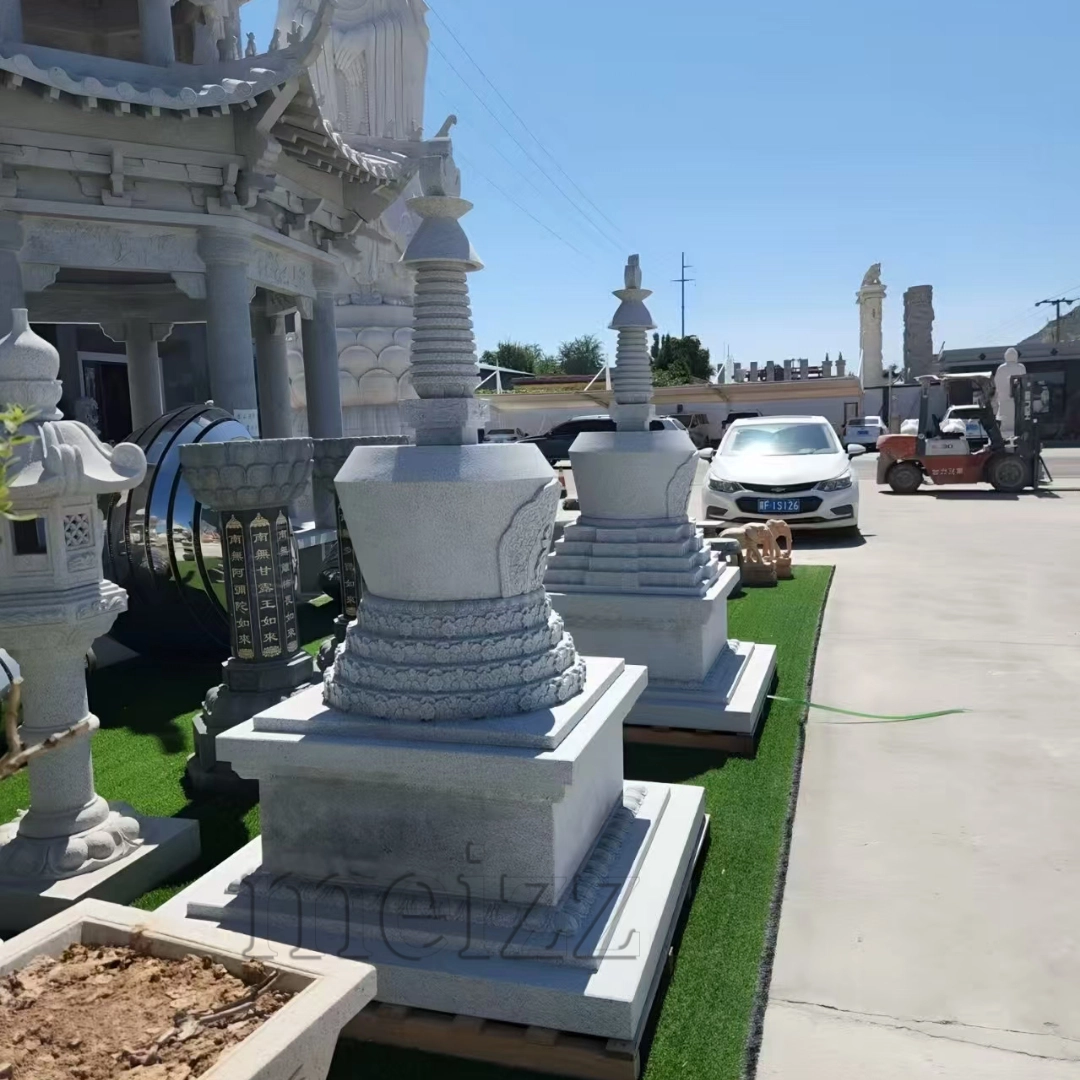
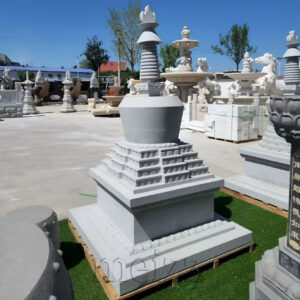

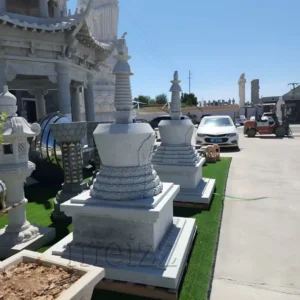
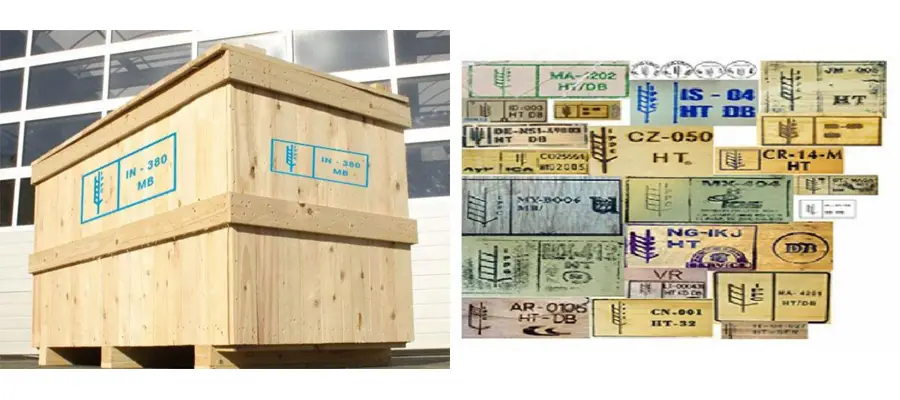


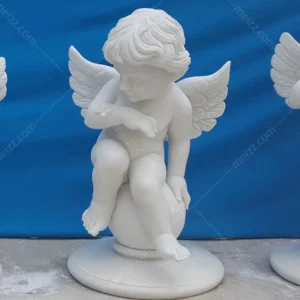
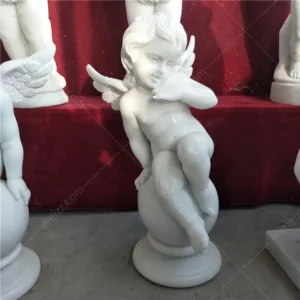
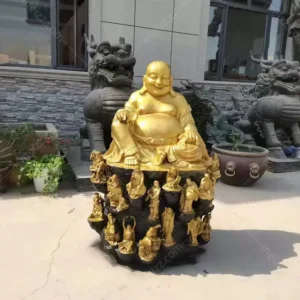

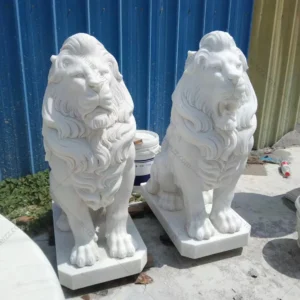

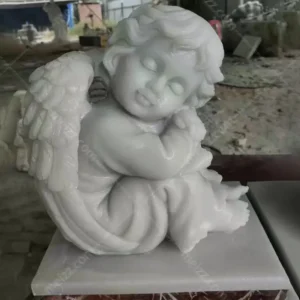
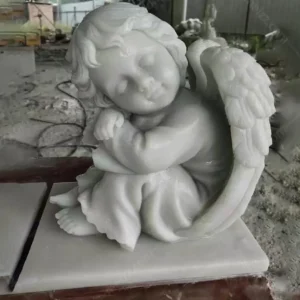
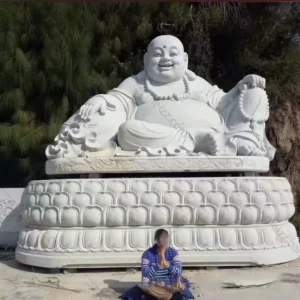
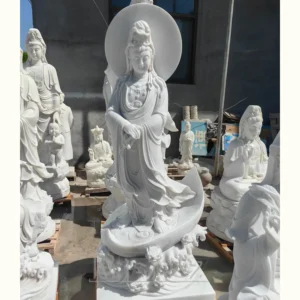

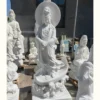

Reviews
There are no reviews yet.